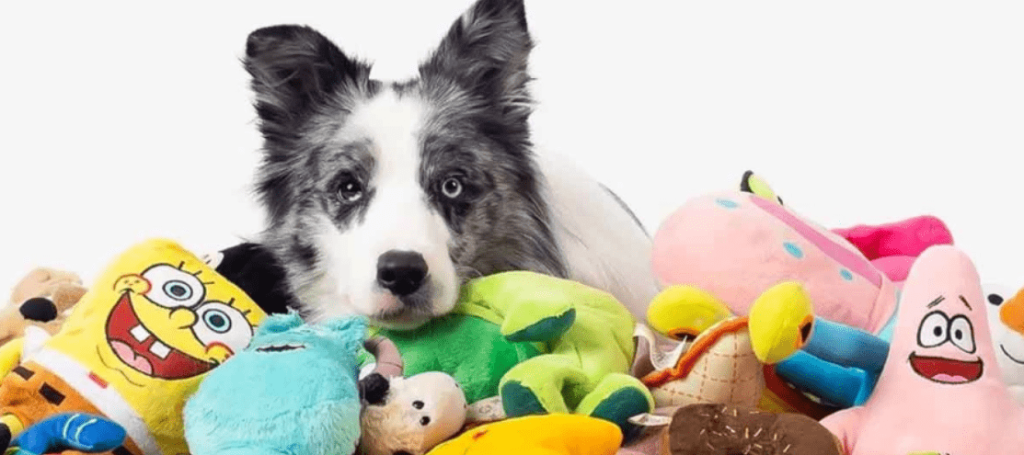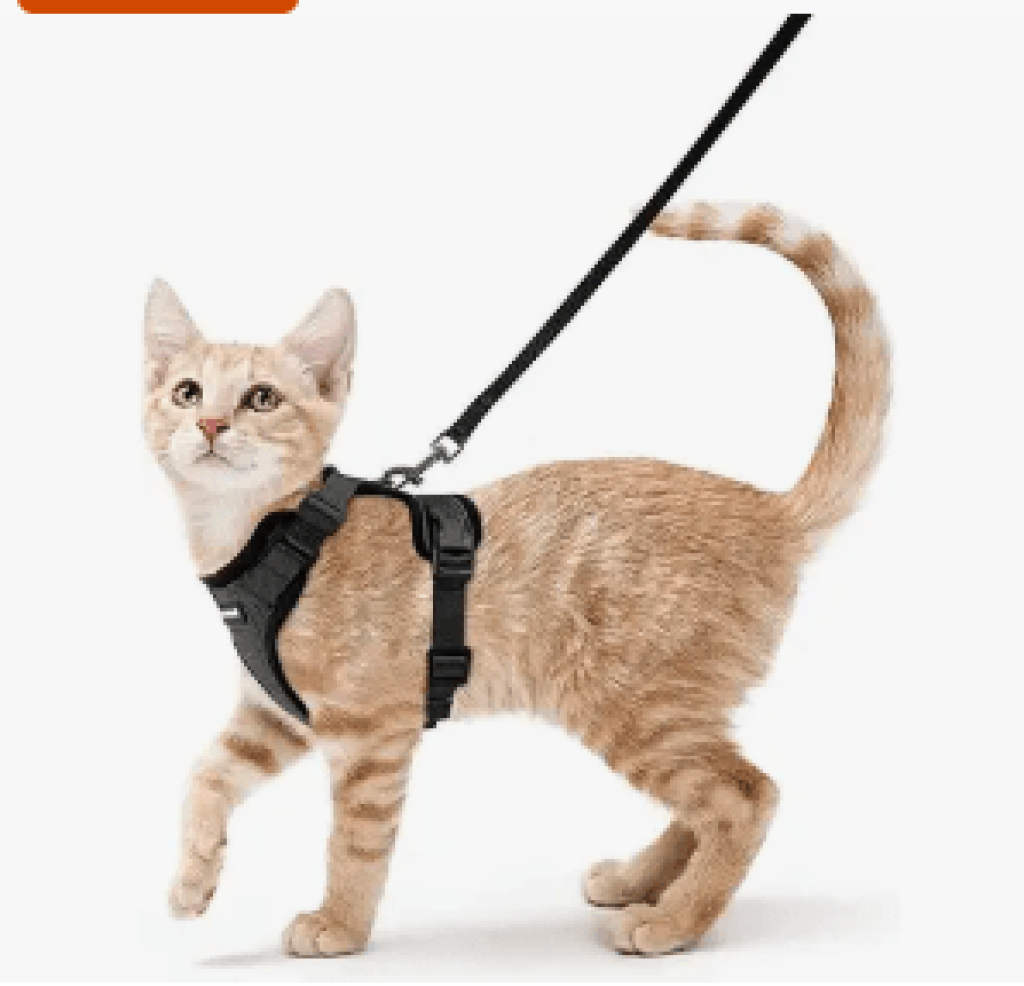
Chocolate Poisoning in Dogs and Cats Chocolate can be very dangerous for dogs and cats because it contains a substance called theobromine. Theobromine is a chemical compound found in cocoa and unfortunately, pets’ bodies are unable to metabolize it. As a result, even a small amount of chocolate can lead to serious poisoning and, in severe cases, even death of pets.
Theobromine Harmful Amount for Dogs and Cats
As little as 92 mg per kilogram of the animal’s body weight of theobromine can be toxic. For this reason, the type of chocolate (bittersweet, sweet, white) and the weight of the animal have a direct impact on the severity of the poisoning. Dark chocolate contains the highest amount of theobromine and is more dangerous for pets.
Symptoms of Chocolate Poisoning in Dogs and Cats
Clinical signs of chocolate poisoning may appear 1 to 4 hours after consuming chocolate and include a range of different symptoms. Some of these symptoms include:
- Agitation and restlessness: Animals become extremely restless and irritable.
- Vomiting and diarrhea: The animal’s body tries to eliminate the toxic substances, which leads to vomiting and diarrhea.
- Muscle tremors: Theobromine causes abnormal muscle contractions.
- Cardiac arrhythmia: Heart rhythm disturbances and arrhythmia are dangerous symptoms of poisoning.
- Hypothermia: A decrease in body temperature is another common symptom of poisoning.
- Seizures and coma: In severe cases, poisoning can lead to seizures and even coma.
What factors increase the severity of poisoning? - Type of chocolate: As mentioned earlier, dark chocolates with a high cocoa percentage are much more dangerous. The darker the chocolate, the higher the amount of theobromine in it.
- Animal weight: Smaller animals, such as cats and small breed dogs, are more sensitive to theobromine.
- Dosage: The amount of chocolate consumed has a direct impact on the severity of the poisoning.

Treatment measures for chocolate poisoning
- Inducing vomiting
If it has been less than 1 to 2 hours since the animal consumed the chocolate, the first treatment measure is to induce vomiting. This can remove a large portion of the toxic substances from the body. - Use of activated charcoal
If it has been more than 2 hours since the chocolate was consumed, the use of activated charcoal under the supervision of a veterinarian is recommended. Activated charcoal can reduce the absorption of theobromine in the digestive tract. - Fluid therapy
To compensate for fluid loss due to vomiting and diarrhea, the use of fluid therapy is essential. This method can help maintain electrolyte balance and prevent shock. - Close monitoring of vital signs
In more severe cases where the animal is experiencing symptoms such as cardiac arrhythmia and hypothermia, close monitoring of vital signs such as heart rate, body temperature, and level of consciousness is required. - Drug treatment to control seizures
In the event of seizures or other severe neurological symptoms, the veterinarian may use anticonvulsant drugs to control the symptoms.
Preventing chocolate poisoning in pets
Preventing chocolate poisoning is one of the best ways to prevent harm to pets. Here are some important tips for prevention:
Keep chocolate out of reach of animals. Animals are curious and may accidentally eat chocolate.
Never give chocolate to your animal as a reward or treat. Some people mistakenly think that a small amount of chocolate is harmless to your animal, but even small amounts can be dangerous.
Educate family members: All family members should be aware of the dangers of chocolate for pets to avoid giving them chocolate.
Chocolate Poisoning in Dogs and Cats
Chocolate poisoning in dogs and cats is a serious and common risk that requires awareness and prevention. Although chocolate is enjoyable for humans, it can be deadly for pets. Therefore, it is necessary to be careful in keeping pets and never expose them to dangerous substances. If you suspect that your pet has consumed chocolate, consult a veterinarian immediately so that necessary measures can be taken.


